Xtreme U200 Black High Quality USB3.0 + Type C Computer Case With PSU
The Xtreme U200 Black High-Quality USB3.0 + Type C Computer Case with PSU is likely a mid to budget-range ATX case designed to provide users with a good balance of connectivity options and ease of use for building or upgrading a computer system.
Overview
Here are some of the typical overview you might find with such a case:
USB 3.0 & USB Type C Ports: This case includes front-panel USB 3.0 and USB Type C ports, providing high-speed data transfer and modern connectivity for devices such as external hard drives, flash drives, and peripherals.
PSU Included: The case comes bundled with a power supply unit (PSU), which simplifies the building process as you won’t need to purchase a separate PSU. The power rating (e.g., 450W, 500W) is often sufficient for standard gaming or office PCs.
Design: A sleek, modern design with a black finish that can complement most setups. The case may feature a tempered glass side panel for showcasing internal components, or a mesh front panel for improved airflow.
Cooling Support: It typically offers support for multiple fans and radiator configurations, ensuring efficient cooling for components like the CPU and GPU. You might find space for up to six fans and the potential for liquid cooling options.
Expansion Slots: The case will generally provide ample room for expansion cards such as a graphics card, sound card, and other add-ons, with the necessary PCI slots.
Internal Storage: It usually includes bays for mounting multiple storage devices such as HDDs and SSDs. These cases often support both 3.5-inch and 2.5-inch drives, providing flexibility for users with different storage needs.
Cable Management: A well-designed cable management system to ensure a tidy build and improved airflow inside the case.
Motherboard Compatibility: Typically supports ATX, Micro-ATX, and possibly Mini-ITX motherboard sizes, offering flexibility depending on the user’s needs.
Durability: Built from high-quality materials like steel and plastic for longevity and durability.
Specifications
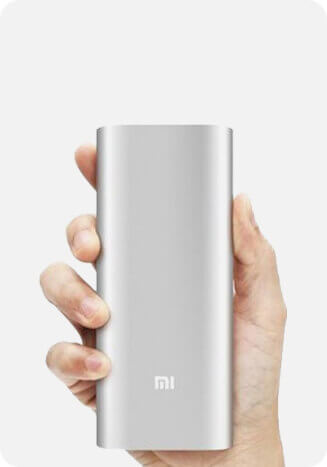


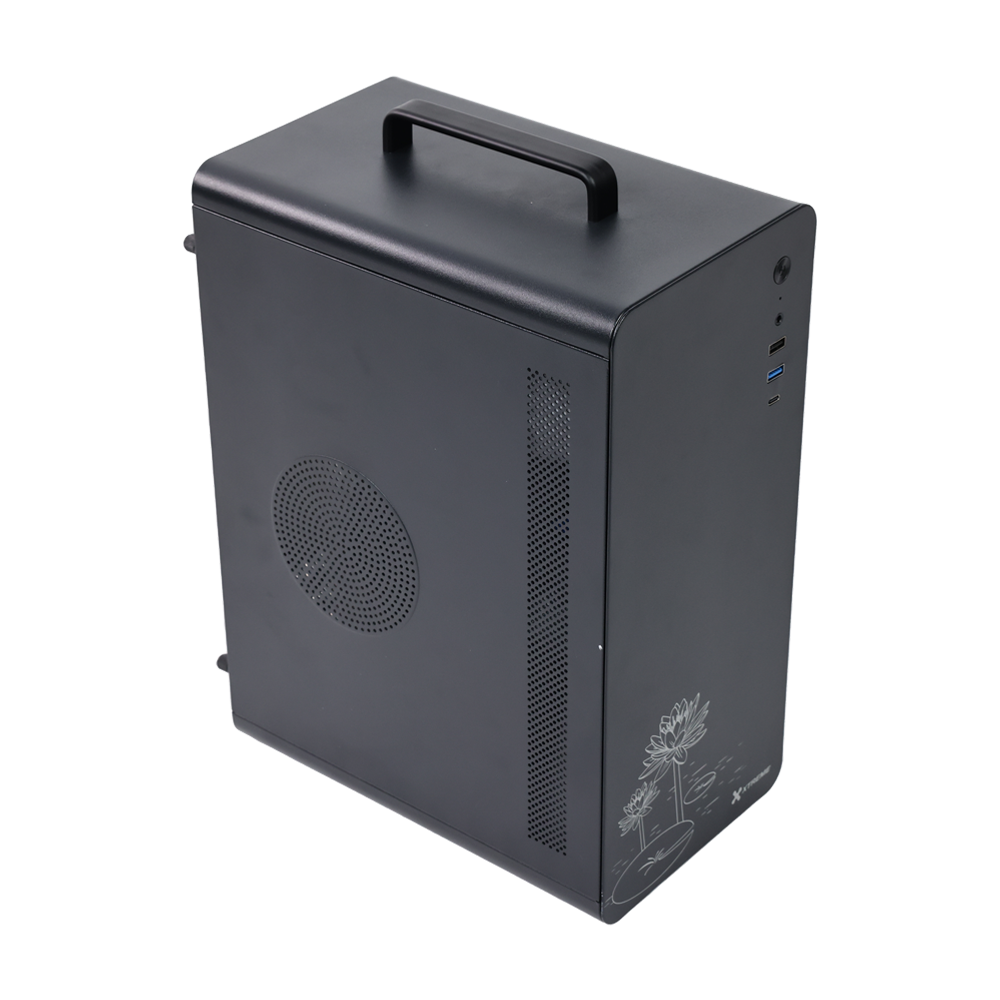

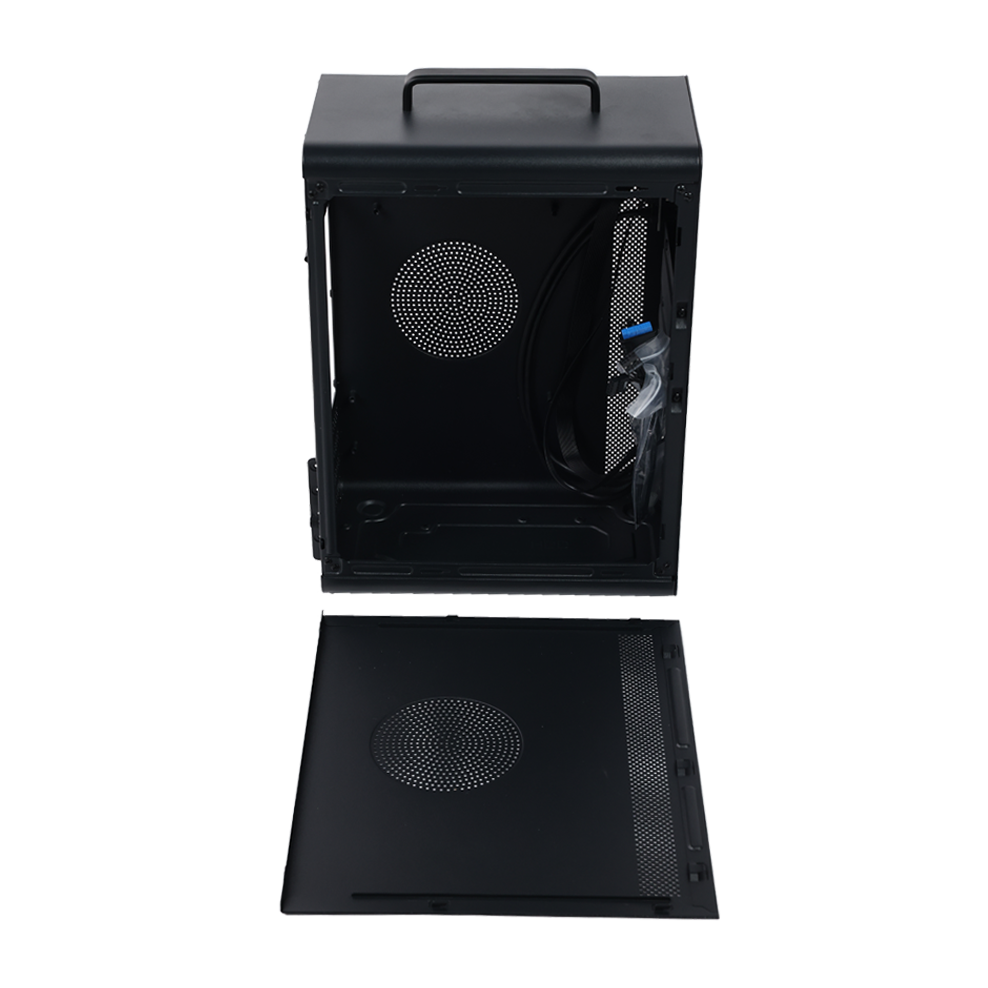
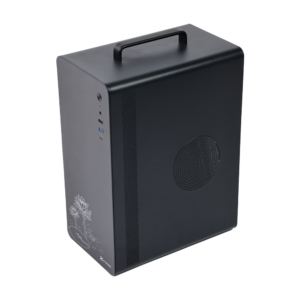

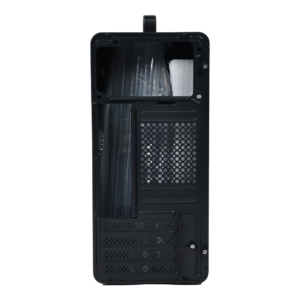
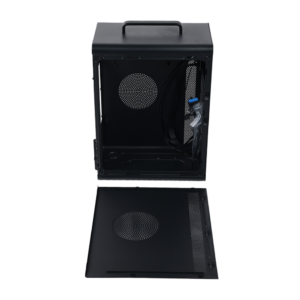
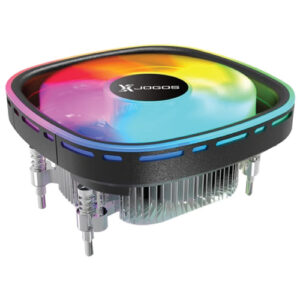
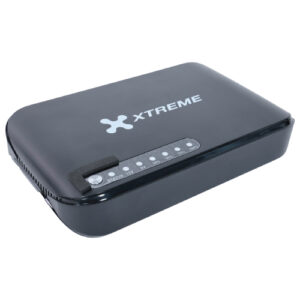

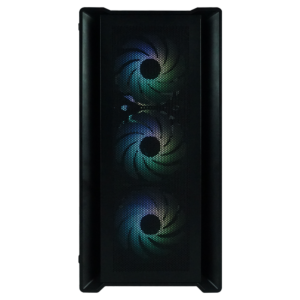
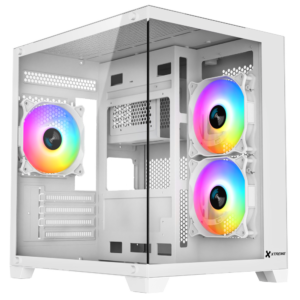
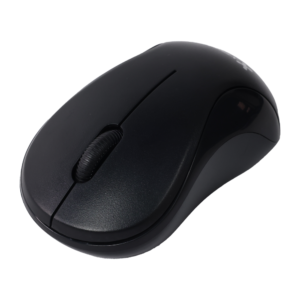


Reviews
There are no reviews yet.